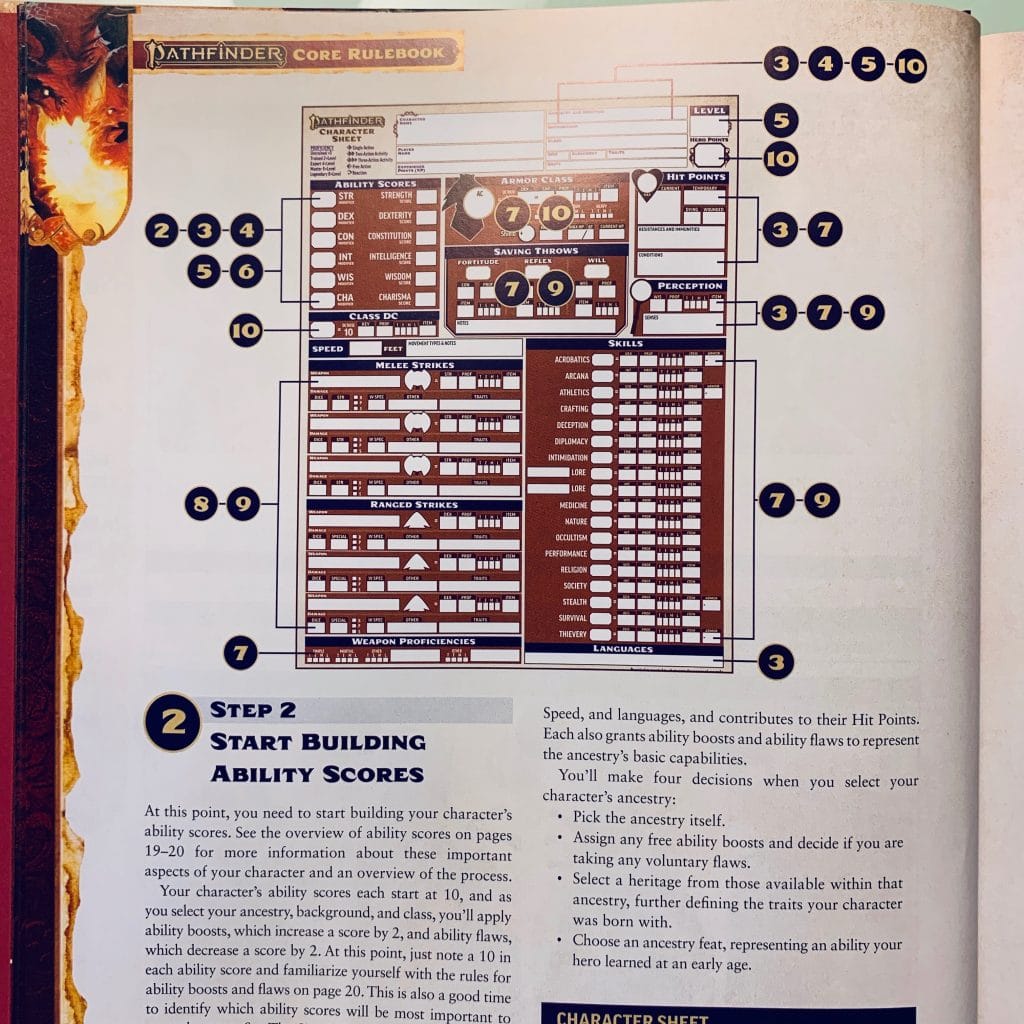We’ve all played a video game against an online opponent with a name like “BangedURmom69.” My first thought is always, “Whoa, pal, be careful with her. My mom is elderly, let’s not break a hip.”
So, who is the mature one here? It doesn’t matter, the point is this: BangedURmom69 is not a character in any type of narrative sense whatsoever. It’s just a juvenile collection of letters and numbers.
Pushing that further, video game “roleplaying” for a character like BangedURmom69 isn’t roleplaying at all. The narrative often doesn’t go much deeper than a mere series of game objectives to make them feel more powerful than another character and–although many video games have pushed to be more immersive–players like the bro who banged our mom don’t always take advantage of that.
Indeed, many online games place heavy emphasis on PVP events, the object of which is for players to assert their superiority over other players. That is a far cry from the ritual of a pen and pencil tabletop roleplaying game that has a goal of a cooperative shared storytelling experience.

A video game does something else as well: It relieves players of the burden of adjudicating rules.
Let’s talk about that burden, ’cause it’s a real thing. It’s a burden to have to flip back and forth in the Pathfinder Core Rulebook. It’s a burden to have to remember or look up all the modifiers in the D&D Player’s Handbook. It’s also a burden to arbitrate any fuzzy, grey areas in the Starfinder rule set.
On the other hand, it’s a breeze to have a digital tool take that burden away from you, whether it be D&D Beyond or HeroLab Online. Let the software remember all those modifiers and update your rolls like magic! Don’t flip through a book. The math is baked into the digital tools!
But that “burden” of designing a character–and that “burden” of adjudicating fuzzy rules–is part of how you learn your character. Indeed, research has shown that writing stuff down helps to graft it into our melons. And that work of researching rules and modifiers helps to anchor those rules into your working memory.
Building a character on paper from the ground up is a good way to gain familiarity with that character and how it plays. I encourage you to try it at least once. Then–after you’ve done that hard work yourself a few times and gained the competency–ditch the paper, ’cause you’ve earned the magic that the digital tool brings.
Did you catch what happened there? I suggested that the actual act of grabbing some dice and a pencil to create a D&D character the old fashioned way on a dead tree piece of paper character sheet can actually be something that enhances your competence with the game.
And with greater competence comes greater immersion, as you aren’t sucked out of the narrative flow in order to adjudicate a rule. Because your trusty Ticonderoga #2 helped you learn the foundation of those rules through the very act of building your character.
What else happened is I banged your mom. Just kidding….it was that other guy’s mom.
So, I appreciate the benefits of a good old fashioned paper character sheet. In fact, a character sheet can serve multiple purposes beyond housing a space to write your character’s name: BangedURmom69, of course.
Advancement Worksheet: We just spent 600 words talking about how a character sheet serves as a character creation worksheet, but it also serves as a character advancement worksheet as your character gains levels.
Once that foundation is set, it’s simple to revisit those trusty character sheets and add the improvements and adjustments that come with leveling up your character.
Game Play Reference: Another great thing about a character sheet is the inclusion of some of the “crunchy stuff” of the game. What’s your + to hit with your axe? Well, it’s right there on your character sheet.
And that’s an action you’ll be using time and time again, so having it displayed well on your character sheet allows for quick reference.
Aid to Immersion: In addition to being a singularly focused reference guide, a character sheet can also aid your immersion into the game. This might as simple as housing a character portrait but don’t overlook it.
It’s this push and pull between crunch and story that inspires so many different versions of character sheets. Those with a bent toward the numbers are naturally drawn to a character sheet that plays up those aspects of the game.
On the other hand, designers make alternative versions of character sheets where the health point block looks like ye old timey apothecary bottle, which subtle enhances immersion into a fantasy setting.
There are probably other functions of a simple dead tree character sheet, proving that one sheet does rule all. And even if a character sheet does one or two of these things brilliantly, while being a little ho-hum in others areas, spare a kind thought for the designer. As you can see, a simple character sheet is balancing the needs and desires of a fan base with different expectations.
Information design is hard. User testing is hard. Even large organizations often don’t devote enough resources to this, so let’s be gentle with the designers of paper and pencil character sheets.
They are designing wonderful tools for complex games that have a lot of modifiers. They help us learn amidst that complexity and do a bang-up job doing it. And I banged UR mom.

